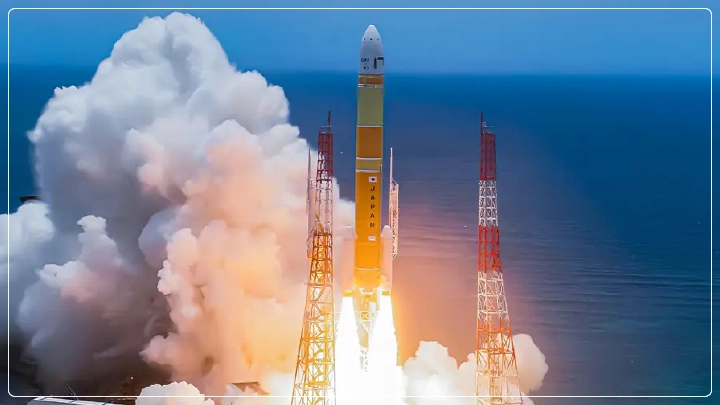February 2025
Japan has now added Michibiki No. 6 to the degree of its ambitious space and navigation program by launching the satellite into space. On February 2, 2025, the H3 Launch Vehicle No. 5 placed the satellite in space from Tanegashima Space Center in southern Japan as planned, the launch went well, and Michibiki No. 6 is expected to reach orbit in mid-February. Michibiki No. 6 is considered the newest satellite in Japan's QZSS, providing satellite-based services since 2018.

Currently, there are four satellites in orbit providing regional navigation services in this system. With Michibiki No. 6, the QZSS now has five satellites and the expansion of the system is already being planned. Japan targets this network to include seven satellites by March 2026 and ultimately to grow that number to 11 satellites in the late 2030s.
The whole idea of the QZSS satellite navigation system was built to enhance positioning accuracy, especially with urban and mountainous environment settings, where Global Positioning System (GPS) would have signals blocked out. Mostly the positioning data from QZSS would be made available for smartphones, automotive navigation systems, shipborne applications, and unmanned air vehicles. The vision of Japan is long-term: an independent global navigation system working free from reliance on foreign services like GPS.
The purposes declared by the Japan Science and Technology Agency are enhancing national security and technological autonomy, while also providing new avenues for the satellite navigation field. However, H3 rocket development problems notwithstanding, the Japanese have accomplished four consecutive launches since the first unsuccessful attempt, a true testament to the lack of resilience of the space program. It is the launch of regular satellites that are also important to Japan's navigation aspirations and for more general uses in outer space and national defense tactics.
With the recent Michibiki 6 success, Japan is now firmly entrenched in the global satellite launching industry. The country develops two major sets of launch vehicles for its clients, such as national security agencies and commercial enterprises: the H3 heavy-lift rocket developed by Mitsubishi Heavy Industries and the smaller Epsilon rocket made by IHI Aerospace. The H3 rocket may attract international clients desiring low-cost but reliable launch options.
Stronger satellite navigation capabilities in Japan will benefit national security as the increasing geopolitical tensions in the Asia-Pacific region would require better surveillance, communication, and navigation capabilities. This also enhances satellite engineering in the defense infrastructure, disaster response systems, and advanced military operations. The QZSS will likely interface with the defense technologies of Japan to give higher confidence and more secure positioning information suitable for military use. This autonomy reduces dependency risks associated with foreign service, further complementing the strategic autonomy during a crisis.
Japan is notable for its lunar exploration missions, Earth observation by satellite, and international collaboration in space projects with NASA and ESA. With Michibiki 6 successfully launched, Japan's space technology proficiency is on the rise and another opportunity for advancement is emerging. These are a handful of scheduled launches, prime for putting Japan in a central position in the space industry.
Michibiki 6's launch became the most important historical point for the satellite navigation system of Japan, getting the country closer to establishing an independent and highly accurate positioning network. While the benefits will serve navigation purposes, extended usage of the Japanese satellite constellation stands to safeguard national security, commercial ventures, and scientific research.
February 2025
February 2025
February 2025
February 2025